Not everyone is a born coffee-drinker and we often forget that not everyone knows the in’s and out’s of coffee or espresso beverages. For those that may be out of their comfort zone walking into a traditional café or ordering an espresso, I’m going to give you a breakdown of the 4 most commonly confused espresso-based beverages: Espresso, Macchiato, Latte, and Cappuccino.

When the perfect espresso is poured, you can distinctly see three layers with the last being a sweet crema. The lowest layer is the strongest tasting, with a full body and roasty flavour. The second layer usually blends into the lowest quickly but contains all of the identifiable flavour profiles of the 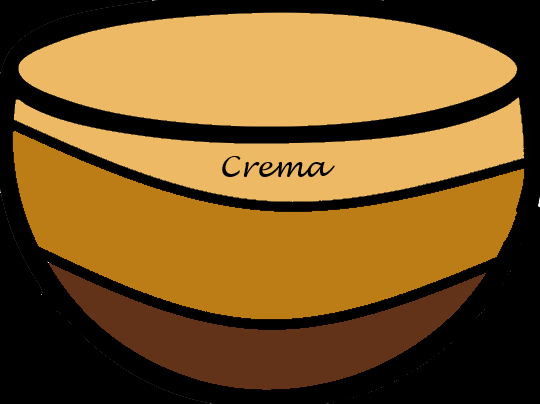 espresso. The third layer is the most beautiful. If done correctly, your espresso will be topped with a rich hazelnut-coloured crema that has a smooth mouthfeel and a sweet finish.
espresso. The third layer is the most beautiful. If done correctly, your espresso will be topped with a rich hazelnut-coloured crema that has a smooth mouthfeel and a sweet finish.

If you’re not a straight espresso type of person, try opting for a macchiato. A traditional macchiato contains a shot or two of espresso and is topped with just a little frothed milk for a richer mouthfeel and creamier taste. Adding this small amount of frothed milk can turn your quick espresso into a lasting beverage.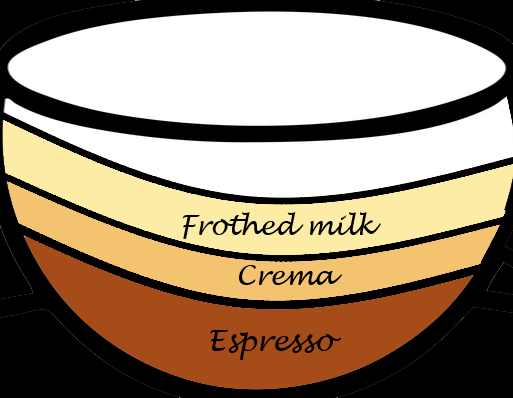
A traditional Italian macchiato is not to be confused with newer, westernized beverages that can sometimes be quite large in size.

One step up from a macchiato is a latte. By just adding a bit more frothed milk, and a layer of fluffy foam you have the simplest yet delicious espresso beverage. Most espresso blends are roasted to create flavour profiles that can not only withstand a large amount of milk, but also compliment the creaminess that frothed milk offers. Lattes are made
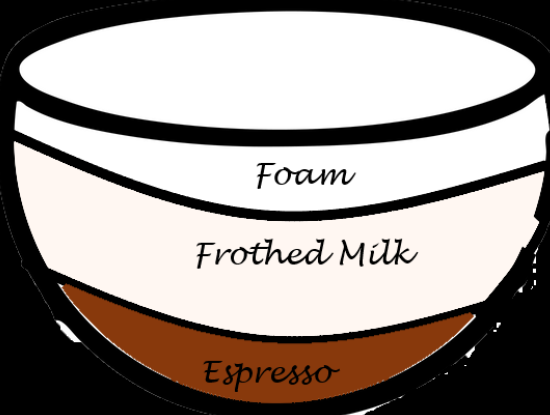
by frothing enough milk to fill your cup and poured on an angle to allow the milk to mix with the espresso and the foam to be layered on top. As someone that may not enjoy plain espresso and often takes his or her coffee with creamer or milk, a latte is a great place to start. Consider adding flavoured syrups or spiced toppings to your foam as well!

Not to be confused with a latte, although they are quite similar, a cappuccino is probably the most decadent of these four beverages. Because it only contains a small amount of frothed milk and is mainly comprised of foam, cappuccinos can be described as dessert-like. Cappuccinos are made by frothing the milk for just a tad longer than a latte or holding the frothing pitcher at just the right angle to allow the steam to create a wet foam. When poured, the froth should mix with the espresso and become a canvas of rich brown and golde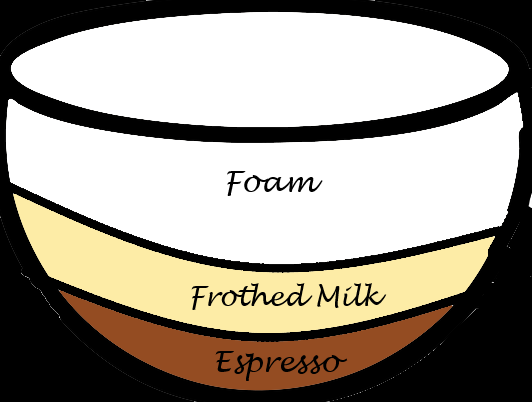 n colours allowing the entire beverage to be a thick consistency.
n colours allowing the entire beverage to be a thick consistency.
It’s said that true Italian cappuccinos are no more than 8oz. of liquid and are traditionally stirred after serving to incorporate all of the flavours.
Now you’re a pro at determining which flavour, texture, and size of beverage best suits you!


 espresso. The third layer is the most beautiful. If done correctly, your espresso will be topped with a rich hazelnut-coloured crema that has a smooth mouthfeel and a sweet finish.
espresso. The third layer is the most beautiful. If done correctly, your espresso will be topped with a rich hazelnut-coloured crema that has a smooth mouthfeel and a sweet finish.




 n colours allowing the entire beverage to be a thick consistency.
n colours allowing the entire beverage to be a thick consistency.
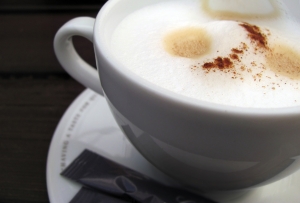 milk (don’t go slow, if you do, be prepared to clean up the milky mess!!).
milk (don’t go slow, if you do, be prepared to clean up the milky mess!!).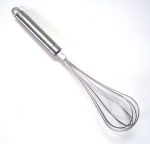 espresso. You will also need a stove, saucepan,
espresso. You will also need a stove, saucepan,